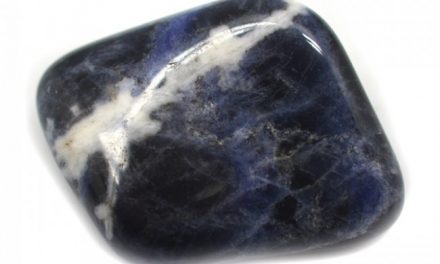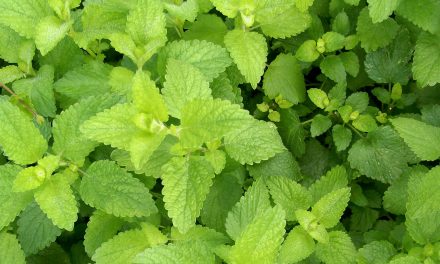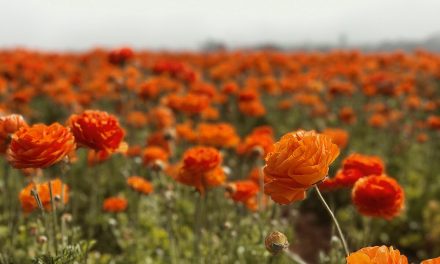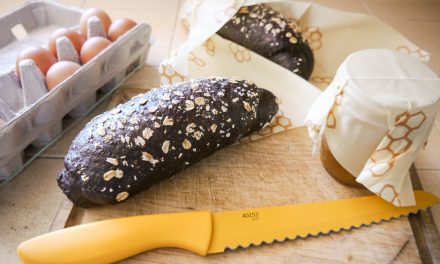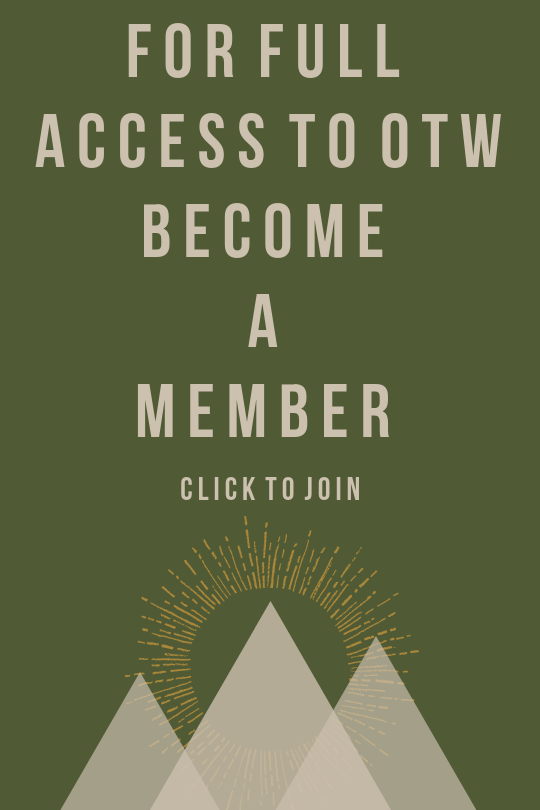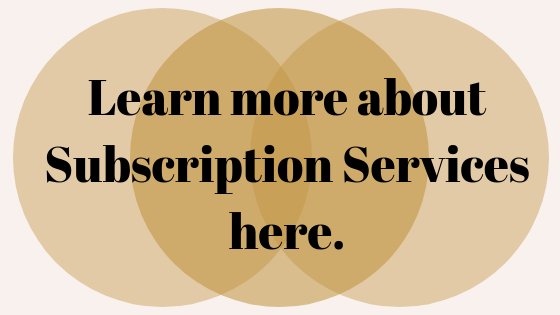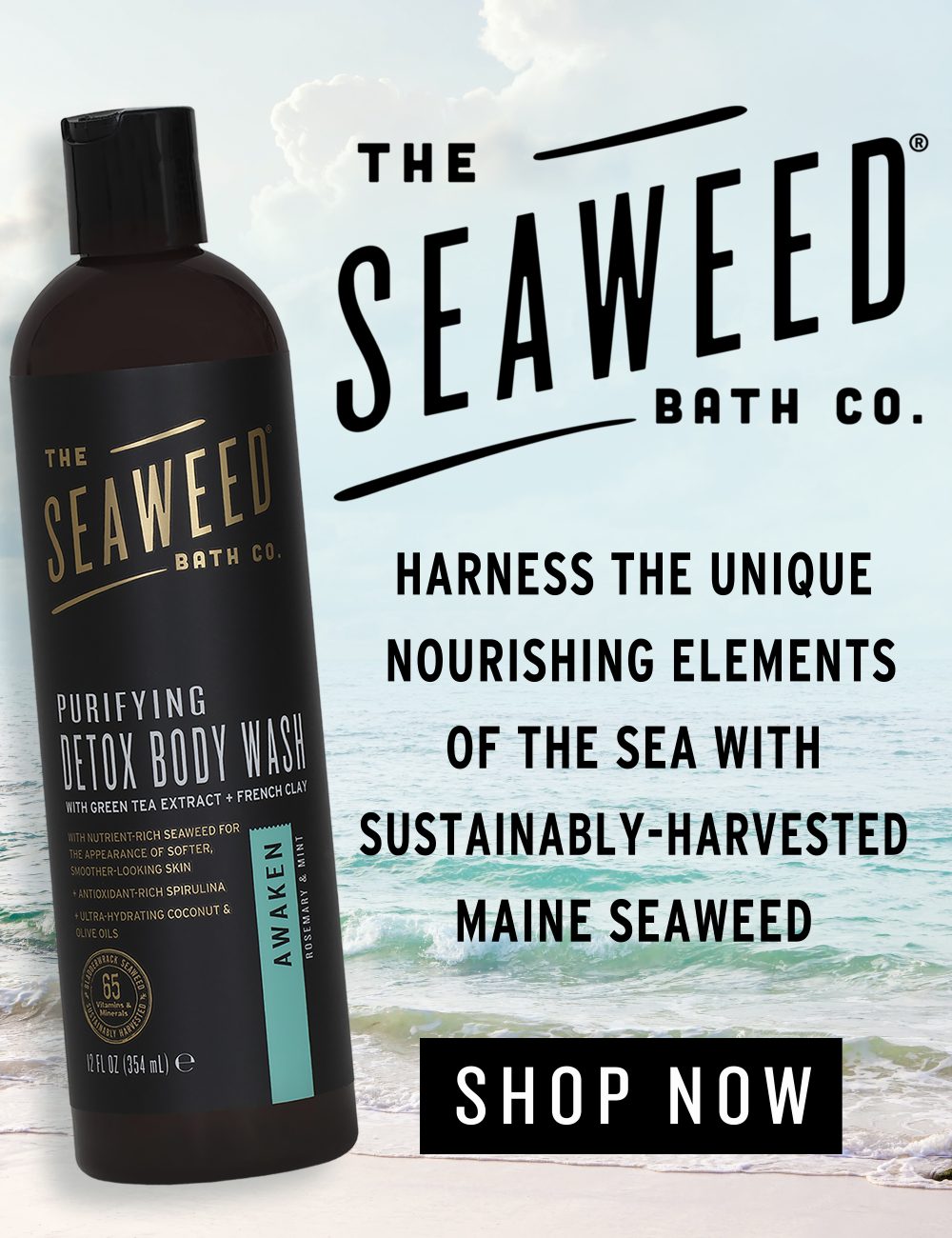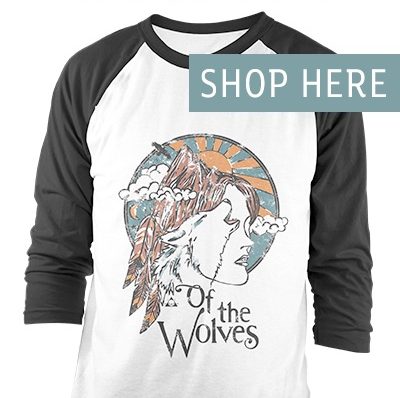Mind Your Grammar: Your New Favorite Sustainable Button-ups
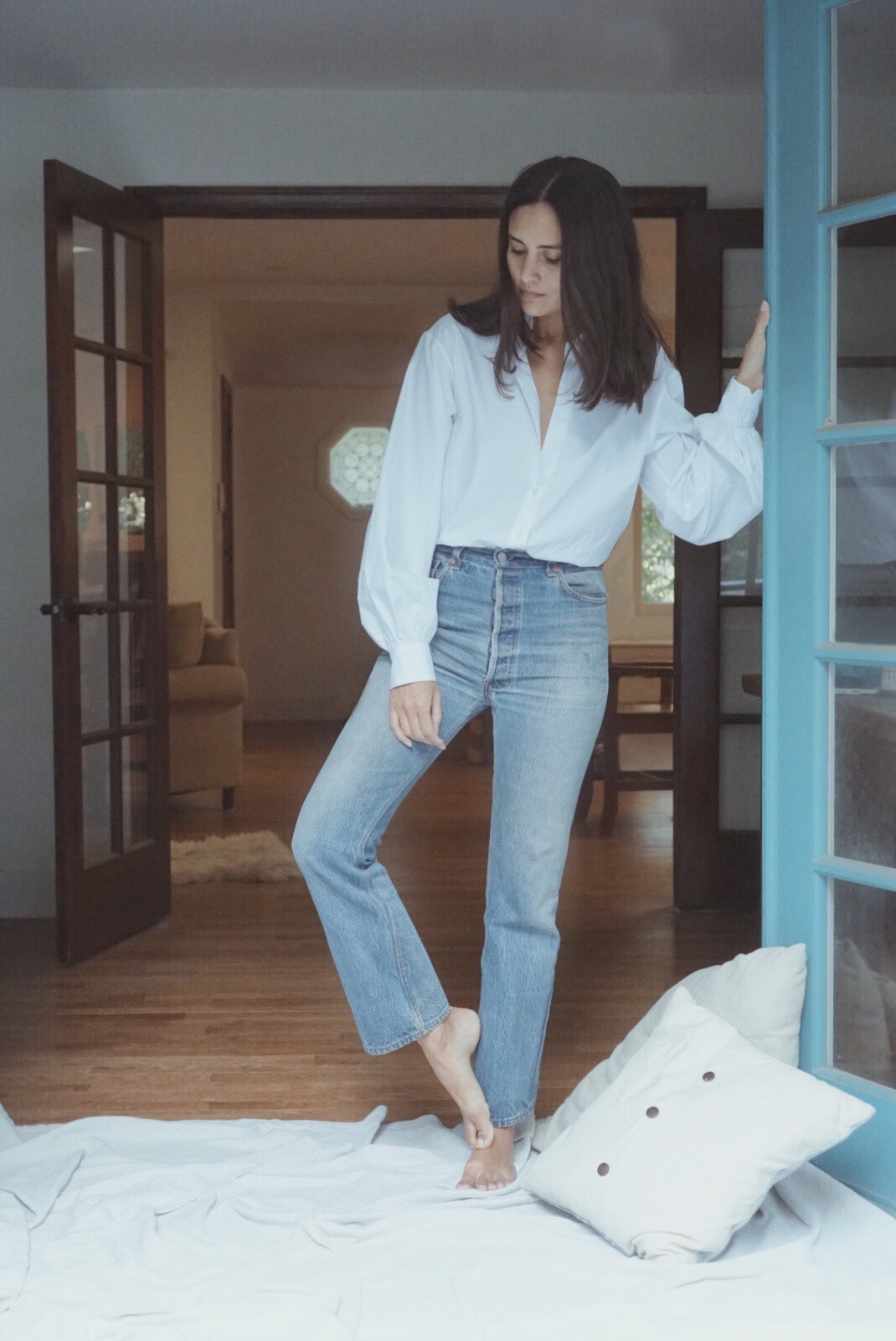
This post originally ran in These Native Goods, our contributor Chandra Fox’s sustainable fashion site and directory.
I have always had a thing for white shirts. They have been a wardrobe staple since my teen years. I love pairing them with blue jeans, trousers or even open over a dress. I love buttoning every button all the way up to the collar or only a few for an undone look. I love wearing them tucked in with a blazer and tie, or tying them at the waist with high rise pants. Finding them in unique cuts can be a little tricky, especially in ethical and sustainable versions.
Althea Simons started her line Grammar NYC (via a successful Kickstarter campaign) with the purpose of designing the perfect white shirt. By perfect, I mean that it checked all the boxes: beautiful design, quality construction and conscious manufacturing. The line isn’t just limited to the classic silhouette, although she does have that covered with the aptly named Verb button-up. Althea branched out to create tops with volume, neck ties, waist ties, split collars, gathering and even a shirt dress with unique side slits, all sewn in New York using 100% organic cotton, ethically and sustainably sourced from India. I recently had the honor of giving The Split Infinitive, another whimsical spin on a classic cut, a try and got to ask Althea a few questions about Grammar NYC.
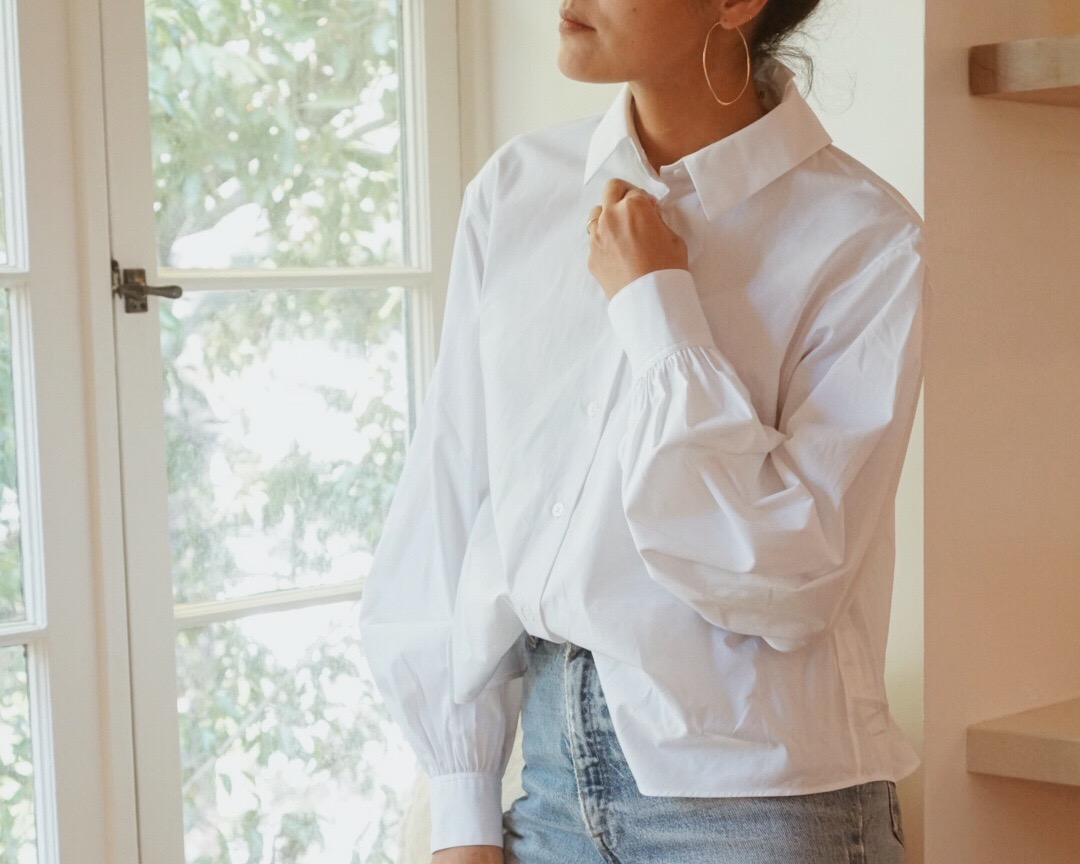
What is it about the white button up, in your words? What additional styles do you hope to add to the line in the future?
I love a white shirt. It is so iconic and classic, and I believe it truly looks good on everyone. The idea of Grammar is to offer wardrobe staples that every woman needs and make them better – high quality and accessible prices, ethical and sustainable. The white shirt is one of those staple pieces, yet they are really hard to find in the marketplace. It’s such a common apparel item and yet so many brands get it wrong. It’s hard to find white shirts that are thoughtfully designed and fit well; it’s a real gap in the market.
The next pieces we are adding are pants and then blazers. After that I will follow my community’s needs and requests. I want to do everything – even home – but I like adding categories one by one so I can really focus and study them.
You have a degree in neuroscience, yet you were raised around design. Both your parents were architects. How do these different elements come into play in your line?
It’s funny, usually people ask, “How did you go from neuroscience to fashion?”, but when you look at my family and the way I was raised it really should be, “How did you end up studying neuroscience?” My path has not been linear (at all!), but the thread that ties everything together is a fascination with human perception and behavior. Being observant and understanding peoples’ underlying desires and motivations is key to being a good designer, and also key to being a good marketer and a good behavioral neuroscientist. Getting my science degree taught me how to do research, and to approach problems with a certain amount of detached objectivism. I’m able to go back and forth between that type of perspective and a more empathetic, subjective perspective, which comes more naturally to me.
I have a strong sense of space, and the ability to manipulate objects in my mind. This definitely comes from my family genetics and upbringing (my brother is also a 3D artist, getting his MFA in Ceramics at RISD). I usually design on the form, draping rather than sketching.
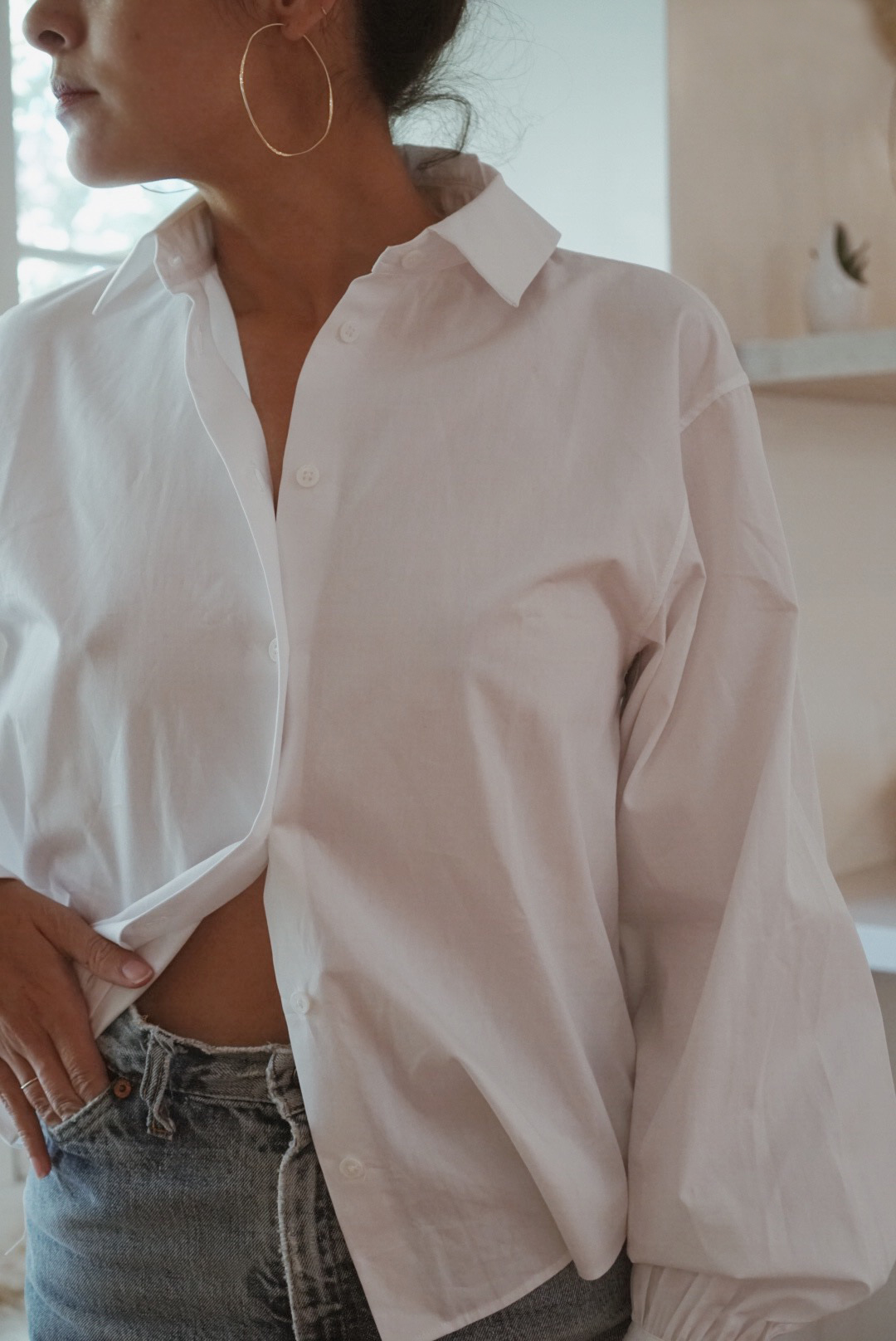
Your collection is very detail oriented. Can you talk a little about some of the design elements and what inspired them? Namely, I would love to hear more about The Split Infinitive that I am wearing.
I’m always collecting ideas for shapes and details. Sometimes I’m not sure what piece they will work with, and they may try to work on several pieces before they find their home. I wanted to do a billowy sleeve on one of the shirts, and it took me a while to figure out which silhouette it worked best with. I also love a dropped shoulder and armhole because I sweat a lot when I’m running around the city, so it’s nice to have some air! So I wanted to get that in the collection.
The collar detail was inspired by a vintage Romeo Gigli shirt I used to have. It had a similar overlapping two-piece collar that I just loved. I lost that shirt in a fire at my apartment two years ago, so I wanted to recreate it a little bit from memory.
I think about different body types when designing the silhouettes. This one is a little boxier, so it works with rounder bodies and for those with very broad shoulders. It looks great with the front tucked in to slim or flared jeans or trousers, and even with baggier jeans cinched with a belt at the waist.
What drew you to local production, and what have been some positives (or negatives) that you have experienced in starting a domestically manufactured and sustainable line?
I believe in using local resources as much as possible. Less travel is always better for the environment, and it’s so important to support our local community of artisans and craftspeople. There is so much talent here, and if we don’t support it we will lose it. That would be a tragedy. Manufacturing jobs are crucial to maintaining a middle class and, really, the American Dream.
I wish I could source more of my materials from the U.S., but unfortunately the materials I want to use don’t exist here anymore. There is no long staple organic cotton grown here right now, and the machinery for spinning and weaving fine woven fabrics doesn’t exist either. It’s very sad!
I love knowing the people who make our clothes. I love being able to go into the factory and talk with the women and men working on them. It’s very rewarding. The turn around is much faster, so I can be more nimble in responding to demand. The main drawback is that it’s more expensive. However, for a brand producing small batches like we are, it would be almost as expensive to produce overseas and in most cases overseas factories won’t produce the kinds of numbers we do.
Pictured above is The Split Infinitive Shirt, shop this and the rest of the collection www.grammarnyc.com and follow along @grammarnyc.

